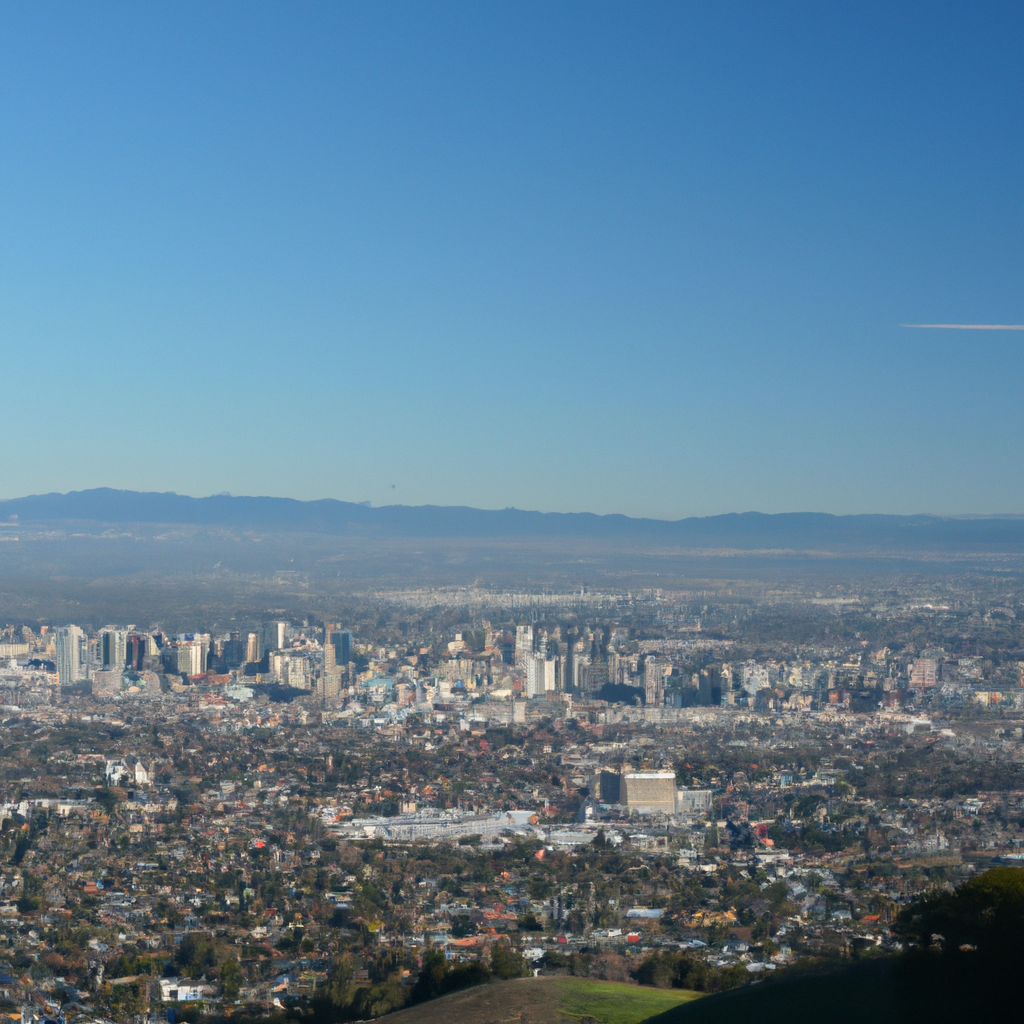

Tim Berners-Lee is the inventor of the World Wide Web and the first website. He also created the first online chat service, bank, grocer, pet store, and travel agency.

Overall, AI can help improve business efficiency and bottom line by providing insights, data-driven recommendations, and automating tasks.

There are more startups in Silicon Valley than anywhere else in the world, and the average startup has a valuation of over $1 billion. The region is home to some of the world's largest technology companies, as well as many small and medium-sized businesses. The cost of living in Silicon Valley is among the highest in the United States, but the region remains one of the most desirable places to live and work in the world.

Quantum mechanics is an incredibly powerful tool that can be used for a variety of purposes, from creating powerful computers to altering the past.

Artificial intelligence is a technology that has been around for decades, but is only recently becoming more widely used. It can be used for tasks such as helping humans make better decisions, understanding natural language, and providing personalised recommendations. There are many different types of artificial intelligence, but some of the most common are machine learning, deep learning and natural language processing. Although it is often portrayed as a threat to humanity in the media, it can also be used to benefit us in a number of ways.

The article covers some of the interesting facts about California's natural wonders, including the largest land bird, the tallest tree, and the largest alpine lake.

The sun is incredibly large and contains a majority of the mass in the solar system. It is very far from Earth and light from the sun takes over 8 minutes to reach us. The sun is also very old, estimated to be around 4.6 billion years old.

The first quantum computer was built in 1998 by IBM. D-Wave Systems was the first company to commercially sell quantum computers, starting in 2007. In 2013, Google and NASA announced the existence of the D-Wave Two, and in 2015 IBM announced the IBM Quantum Experience. In November 2017, Google revealed their quantum computer processor, Bristlecone. As of June 2018, the world's most powerful quantum computer is IBM's 50-qubit quantum computer.